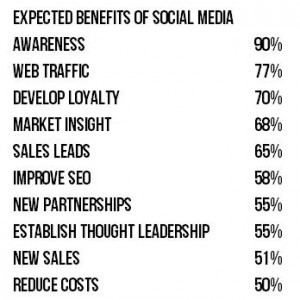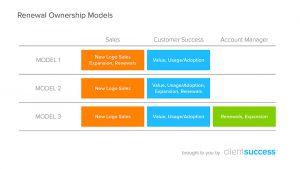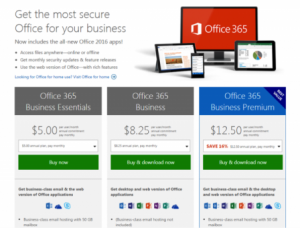There really isn’t any one secret or program that a company can employ to ensure an engaged workforce. It takes time and true commitment to integrate employee engagement into your business strategy.
Below are four of the most important practices that can set an organization on the path to engaging employees.
Align Corporate Goals with Individual Goals
Executives and upper management receive their marching orders from the top. They know their company’s goals, mission, and the KPI’s they need to hit to make them happen. While the message may be clear at the top of the corporate ladder, it can become a bit hazy as it trickles down to the employees that do the daily work that plays the biggest role in executing on these goals.
The corporate mission laid out for managers needs to be presented as clear action items for employees in the trenches. According to Gallup, among employees who strongly agree with the statement, “My manager holds me accountable for my performance,” 28% are engaged. Among employees who disagree, only 6% are engaged. Individuals should understand how their daily work impacts the goals handed down from the top and be able to see the positive effect their productivity has on the organization. It is the manager’s job to make these connections and communicate them to staff regularly.
Be Transparent
We are living in a time when technology and social media has democratized information and put it at everyone’s fingertips. Almost anything can be posted, read, rated, and commented on. Employees now expect the same access to information and ability to give feedback from their own employers. Hold regular meetings with your employees where they can ask questions and receive honest answers. Send out frequent email updates or use technology tools like Slack or your company intranet to keep everyone in the loop and gather feedback. More importantly, acknowledge this feedback and implement employee suggestions whenever possible.
Invest in Employee Development
It’s often hard to take a step back and find opportunities to train employees when you are concentrating on pleasing your customers, but it will help your organization immensely in the long run. High-potential employees that are kept doing the same jobs for an extended amount of time will eventually get bored, become disengaged, and look for more challenging opportunities at a company that appreciates and utilizes their talents. Deloitte recently reported that more than two-thirds of millennials believe it is management’s job to provide them with accelerated development opportunities in order for them to stay with the organization.
Create a high-potential employee program for those who show promise to identify those who have the ability to learn, grow, and become future leaders so they don’t get lost in the shuffle. Offer education reimbursement or in-house training for all employees so they can expand their skill sets and become even bigger assets to your organization.
Make Employee Recognition the Cornerstone of the Company Culture
One of the biggest reasons employees cite when leaving a job is lack of recognition or appreciation. Many managers fall into the trap of taking the positive work employees do for granted and only acknowledging them when something goes wrong. Provide a formal means for managers to recognize great work, as well as for employees to congratulate each other on their achievements. When recognition takes place in a social environment and can be viewed and shared throughout the organization, it can permeate the culture and contribute to better employee engagement.
It’s one thing to provide free lunch, happy hours, and ping-pong, but perks can only do so much to impact a company full of employees who don’t feel that their contributions matter. Keep these four practices in mind when examining your company culture and build them into your business strategy. You’ll see dividends such as better retention, increased productivity, and quality referrals from employees who are happy to send their friends and former colleagues your way.
Business & Finance Articles on Business 2 Community(40)







